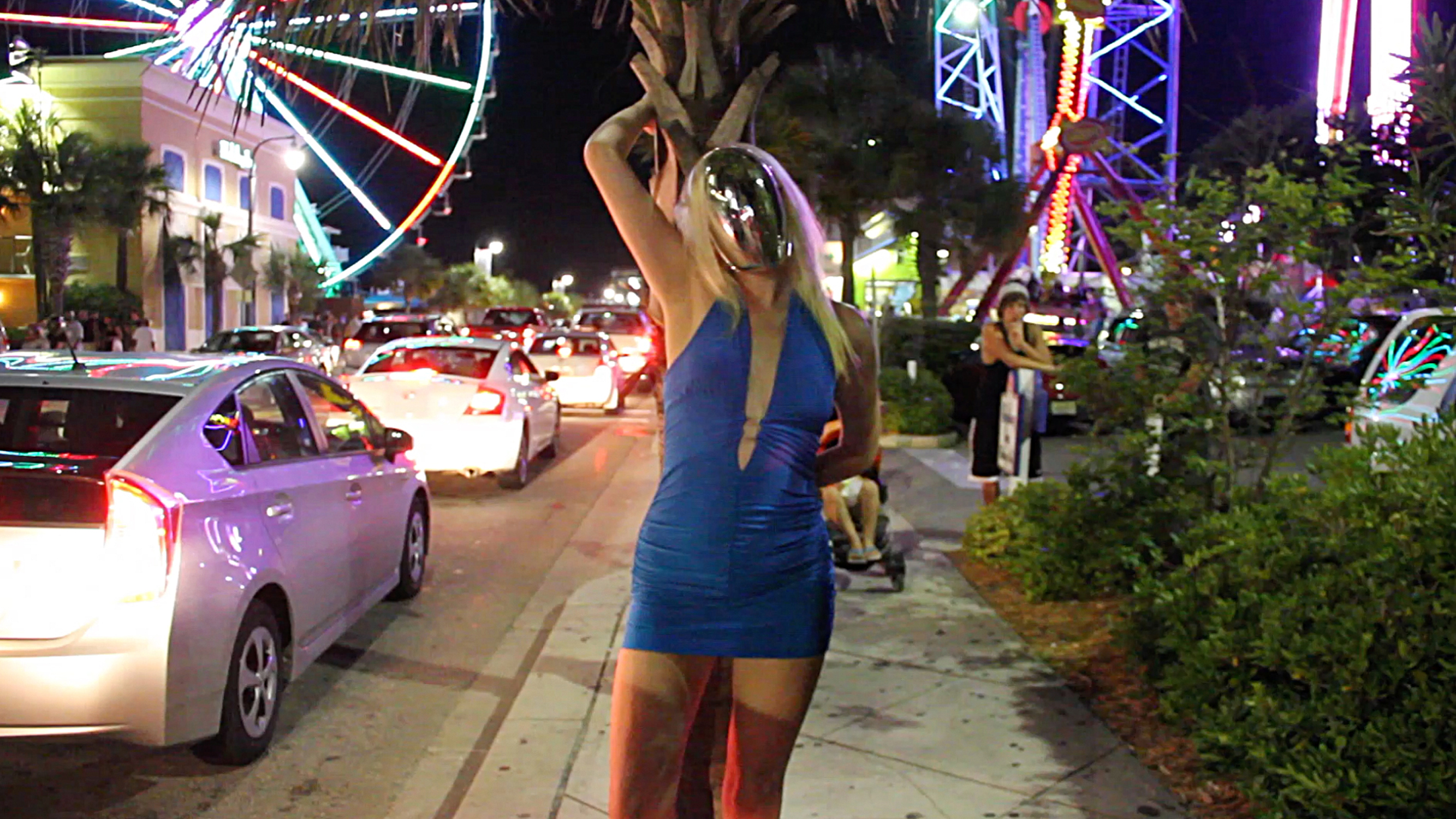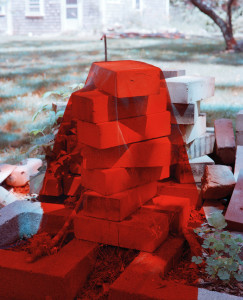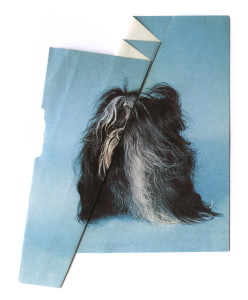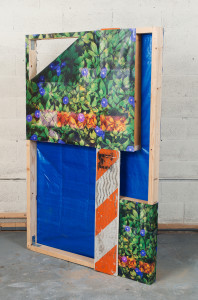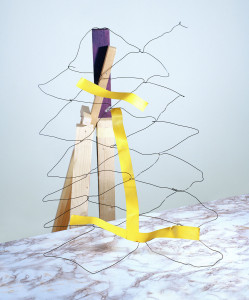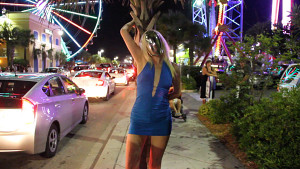Enter the Void: Depiction of Absent Body in n e w f l e s h
Is there a beyond-body state for queer? Or does the inherent nature of queer counteract an aesthetic that eschews representation of (idealized) human form? Curated by Efrem Zelony-Mindell, n e w f l e s h examined this discourse through artworks by fourteen lens-based artists, whose articulations on queer body challenge stereotypical depictions of the subject. Not only in art, but also in literature and poetry, the queer cannon is extravagantly immersed in bodily figuration. When D.H. Lawrence wanted to depict the sexual tendency shared by its two male protagonists in Women in Love, he stripped them naked and had them wrestle in front of a fireplace. Needless to say, the entire western art boasts illustration of torsos, hips, and phalluses. The curator however asks whether another visual path exists while still pondering on queer experience. Rather than a scrupulous investigation of the queer, he lets his slant expand to a broader interpretation of words, not excluding the word’s original meaning. “We should let queer stay queer,” we both say during our walkthrough before the exhibition closed on September 23rd.
Efrem Zelony-Mindell, who also contributed to the current issue of DEAR DAVE magazine with artworks from the exhibition as well as an essay, brought together a vibrant and diverse group of artists after a research period exceeding a year. While each piece swiftly joins the conversation, they all stand out on their own, manifesting an alternative approach to the curator’s statement. In the absence of bodies, contemporary photography adopts a certain serenity and otherworldly posture, as works by Dillon DeWaters, Thomas Albdorf, Nico Krijno, and Aaron Hegert demonstrate in the main gallery.
DeWaters’ Refractory Mass, an image of a pile of bricks shrouded by pinkish red paint, attempts to complicate the non-queer object, while keeping that essence visible, but far from what it originally was. “Bricks in drag!” said Efrem, pointing how the photograph juxtaposes the fluidity of identities and the ease of changing miens. Stranger by Joy Drury Cox on the other hand relies on words, words that are no more. Removing the text and leaving only the periods on a copy of Camus’ namesake novel, the artist gives space to void where numerous dots, once periods, remain to question their own existence. Now emptied and somewhat sterile, this new form of the book would sure please it’s insurgent protagonist better.
American Reflexxx, a collaboration between Alli Coates and Signe Pierce, is a disturbing video piece reminiscing Marina Abramovi?’s Rhythm 0 with its depiction of violence as a social ritual. When barriers disappear and body is exposed as an object, the public can go to extremes in terms of violence. The video follows Pierce roaming around Myrtle Beach in South Carolina donning a mini blue dress and a reflective mask. Her physical presence elevated by her high heel shoes and striking gestures cause the public pay attention to her.
What starts as odd and troublesome turns into disturbing and violence. As her body becomes a target for physical attack, her persona even grows bigger. Her unknown identity (“Is that a man?” one person asks) “irritates” the crowd, so does her unabashed presence. Without a face and a fixated identity, her body, in the public eye, does not grant her existence.
n e w f l e s h was on view at Rubber Factory of Lower East Side between September 9th and September 23rd.
